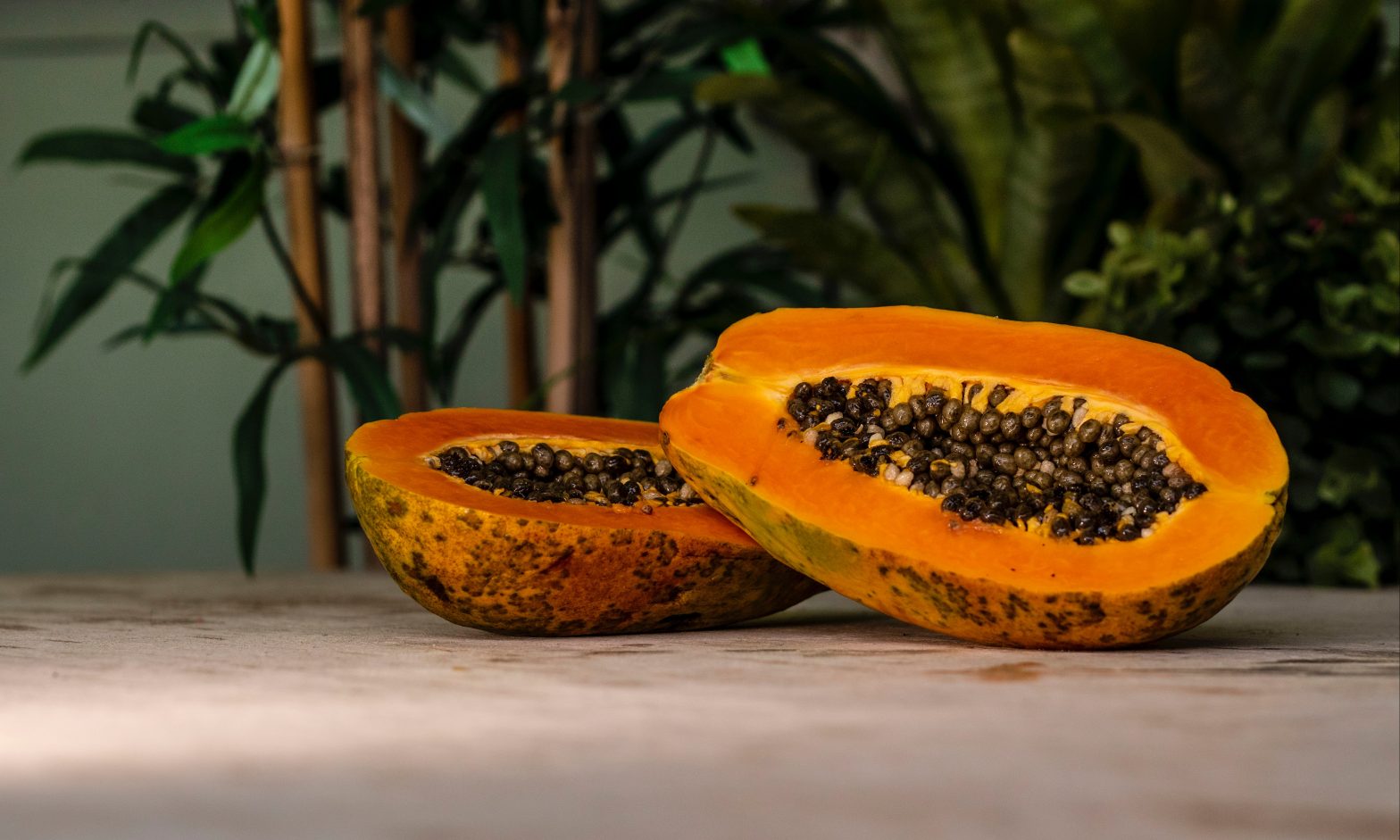It’s that time of year again! The days are longer and the temperature is hotter. If you’re looking to spruce up your lawn or grow fresh produce of your own, then this is the blog for you!
When beginning your garden journey, it is important to identify your garden goals. Do you want to fill up some blank space in your yard while supporting local wildlife? Or do you want the best of both worlds, growing your own fruits and veggies in a sustainable way?
One thing to keep in mind when choosing your plants is the various wildlife around you. While gardens may have aesthetic value, they are important for local animals and pollinators.
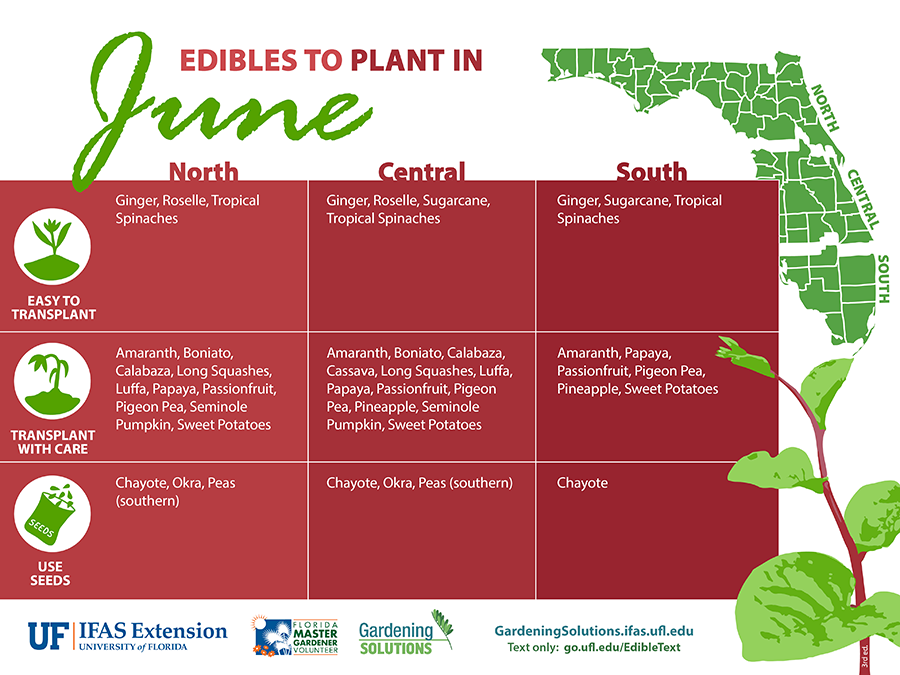
Veggie Gardening: What To Plant in Summer?
If you have always wanted to start your own garden, it is not too late! There is an assortment of vegetables and herbs that can be planted in Central Florida during the summer months.
June marks the official beginning of summer! It is a great time to get your transplants established for a hot and humid summer season. There are plenty of options ranging from grains, fruits, squashes, and potatoes.
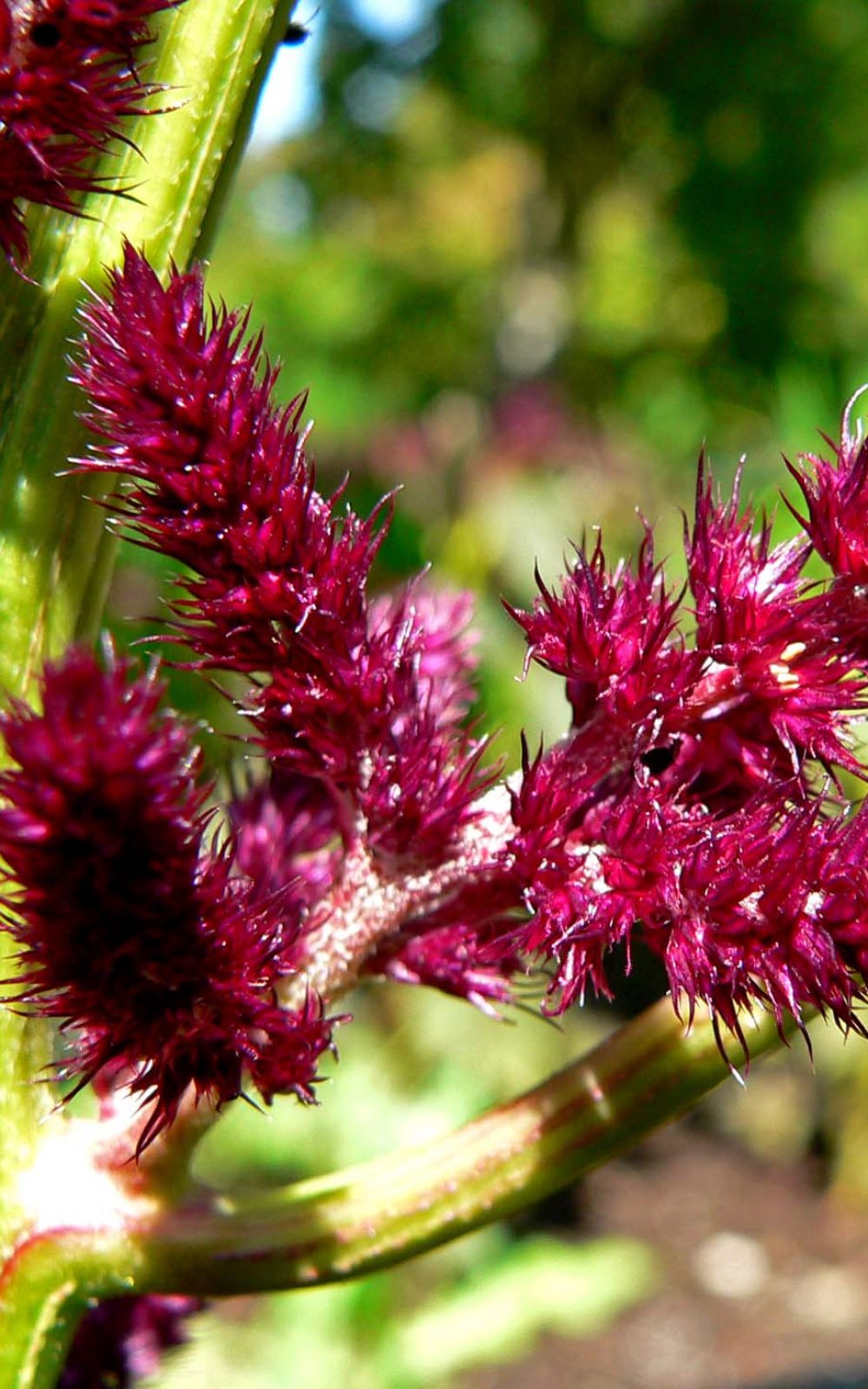
Amaranth is an ancient type of grain that can be compared to quinoa. It is referred to as a pseudocereal because it is technically a seed that is eaten as a grain.
Specific Plant Varieties For Florida: The most common type grown in Florida is the Amaranthus tricolor or A. gangeticus L. It is also commonly called Tampala and is cultivated to make boiled greens. The Amaranthus caudatus can also be grown in Florida and is a good source of the amino acid lysine.
Nutritional value: Amaranth is gluten free and a whole grain. In just one cup of amaranth there is nine grams of protein and five grams of iron. Both the greens/leaves, shoots, and the grains can be consumed.
Companion Plants: Some companion plants that share a mutually beneficial relationship include:
- Potatoes
- Onions
- Eggplant
Not Companion Plants: Do not plant amaranth next to or with crocus plants. All parts of the crocus plant is toxic.
Growing Methods: It is advisable to plant during the warm temperatures as they do not survive well in the cold. Plant seeds in an area with full sun. When planting the amaranth seeds, make sure to scatter the seeds over a large area. When the seedlings begin to sprout, separate them by three inches. Ensure that there is ample height space because Amaranth can grow up to 8ft tall. After about three to six weeks you can eat the leaves and shoots.
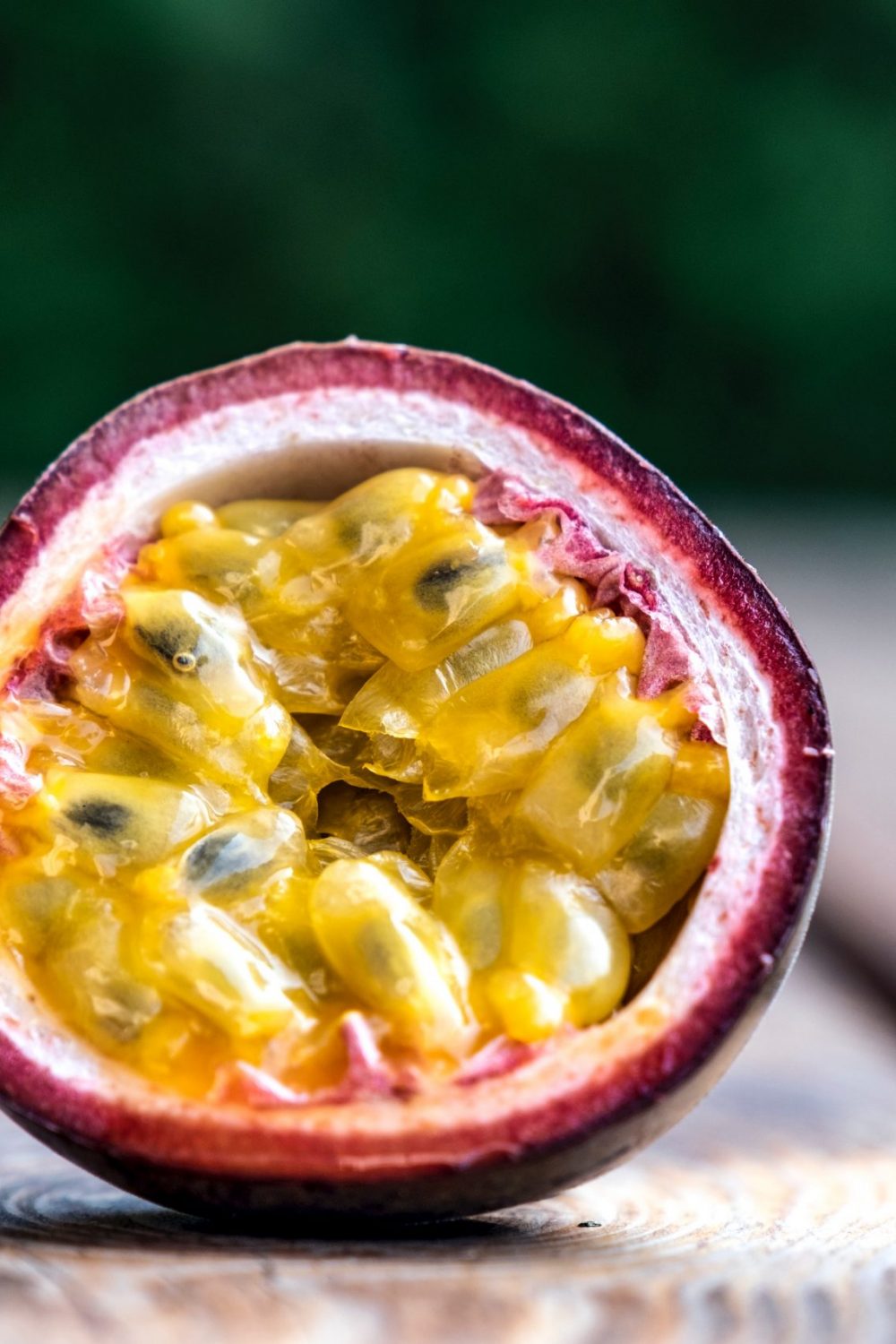
Passionfruit:
Passionfruit is type of fruit that grows from a vine. Typically, the fruit can have a tough purple, yellow, or orange outer skin with yellow seeds inside.
Specific Plant Varieties For Florida: There are three types of passion fruit that can be grown in Florida:
- Purple: Passiflora edulis
- Yellow: Passiflora edulis flavicarpa
- Giant Granadilla: Passiflora quadrangularis
If you live in Central Florida, the best passion fruit to choose is the purple passion fruit as the others will grow better farther south.
Nutritional value: Passionfruit are high in vitamin A and C. It also contains a lot of fiber and other important nutrients such as calcium, magnesium, and potassium.
Companion Plants: Some companion plants for the passionfruit vine include:
- Beets
- Carrots
- Strawberries
Not Companion Plants: Some plants that can harm or not benefit the passionfruit vine include:
- Corn
- Sweet potatoes
- Okra
Growing Methods: Passionfruit can be grown by their fresh seeds or propagated. It is advisable to have a tree or a tall structure like a fence for the passionfruit vines to climb and grow. They have shallow roots and develop well in humid areas, which is perfect for Florida’s climate. They also prefer to grow in full sun.
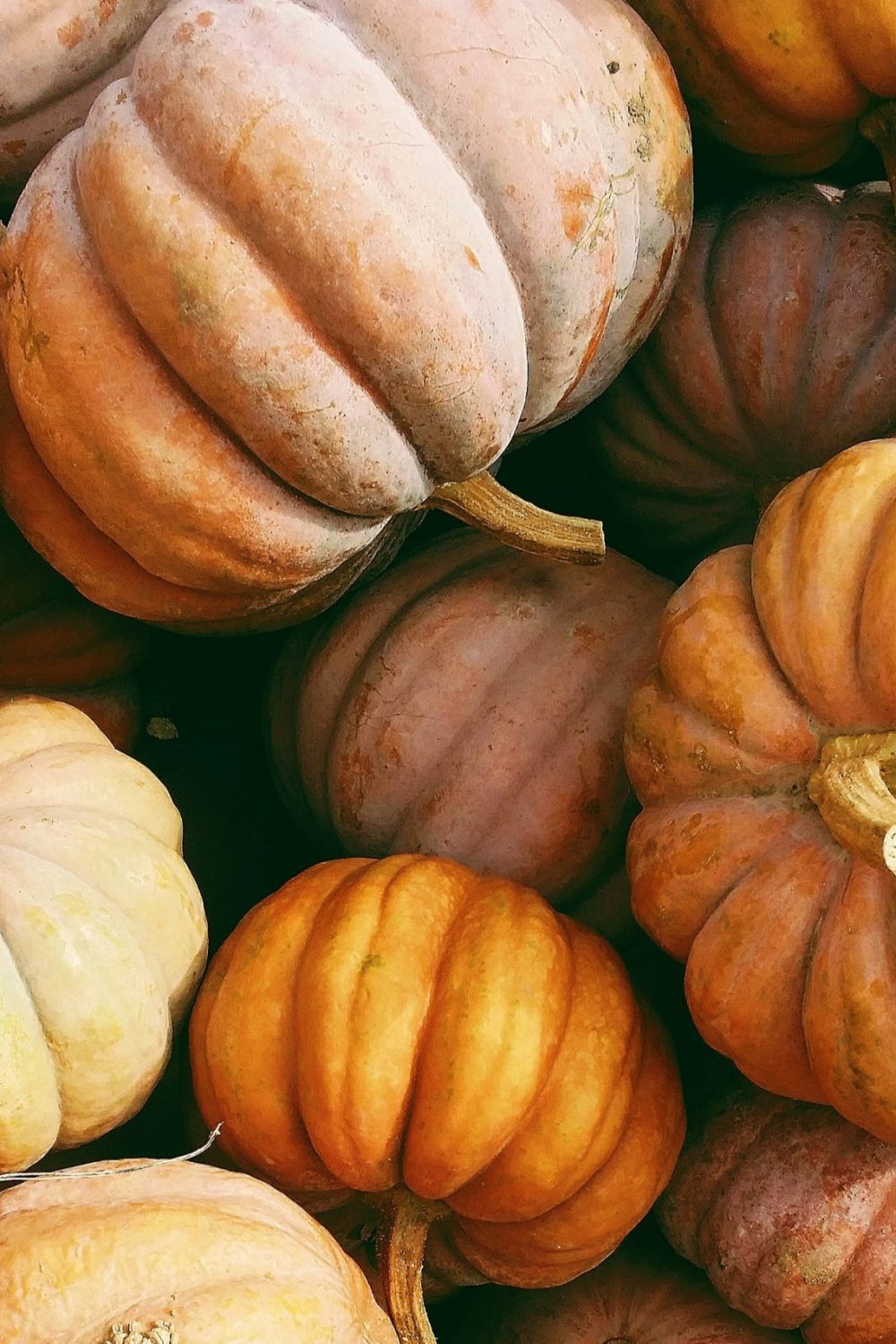
Pumpkin:
Pumpkins are a native squash to North America. There are different varieties of pumpkin used for cooking versus carving during fall festivities.
Specific Plant Varieties For Florida: Common pumpkin names throughout Florida include Howden, Jackpot, and Big Moon. However, the best pumpkin for eating and growing in Central Florida will be the Seminole Pumpkin, a variety of the Cucurbita moschata.
Nutritional value: The Seminole pumpkin offers a large amount of Vitamin A, copper, and iron.
Companion Plants: Some plants that have a mutually beneficial relationship with pumpkins include:
- Chives
- Corn
- Oregano
Not Companion Plants: When planting pumpkins, it is not advisable to plant potatoes in the surrounding area.
Growing Methods: The Seminole pumpkin can be planted by seeds up until July as it can withstand the summer heat. When choosing the area to plant the seeds, find a location with around six to eight hours of full sunlight. The pumpkins should be grown 4ft apart with a trellis, tree, or fence for the vines to climb.
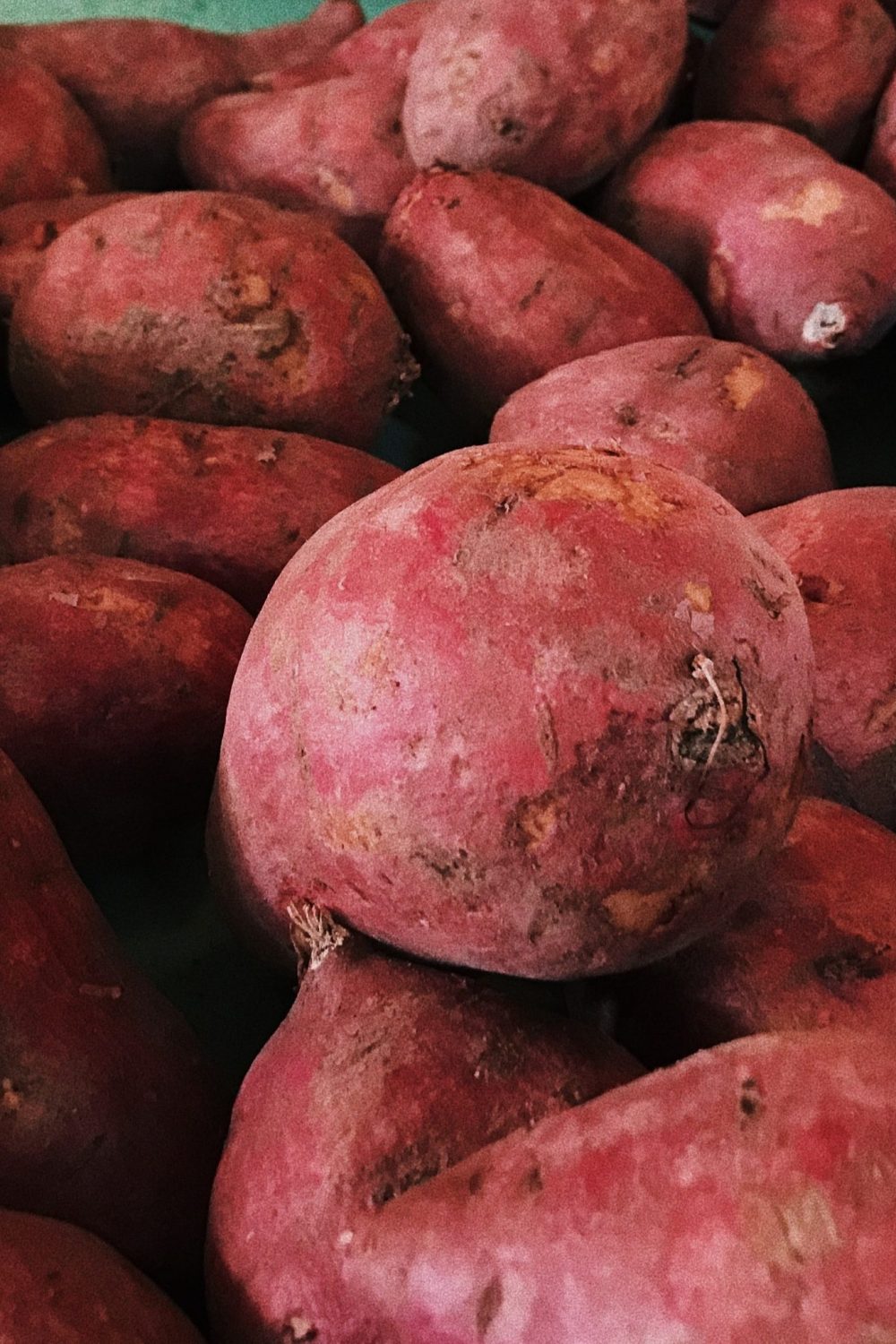
Sweet Potatoes:
Sweet potatoes are a a starchy root vegetable. Not only can you eat the sweet potatoe, but you can also eat the leaves and shoots of them as well.
Specific Plant Varieties For Florida: In Florida, there are two varieties of Ipomoea batatas that grow well such as the Centennial and Beauregard. If your garden doesn’t have a lot of space, you can substitute those with th Vardaman variety.
Nutritional value: Sweet potatoes are high in vitamin A and a vitamin C. They also provide a good source of vitamin B6 which aids in nervous and immune system health.
Companion Plants: Some plants that have a good relationship with sweet potatoes include:
- Bush and pole beans
- Aromatic herbs(basil,dill,thyme)
- Parsnips
Not Companion Plants: It is not advisable to plant squash around sweet potatoes due to the space requirements.
Growing Methods: Sweet potatoes are typically grown from slips, which are the sprouts that form on mature sweet potatoes. When you obtain these transplants, space them with 12 to 14 inches apart with about 48 to 54 inches between rows. It is important to water the sweet potatoes consistently to ensure healthy growth.
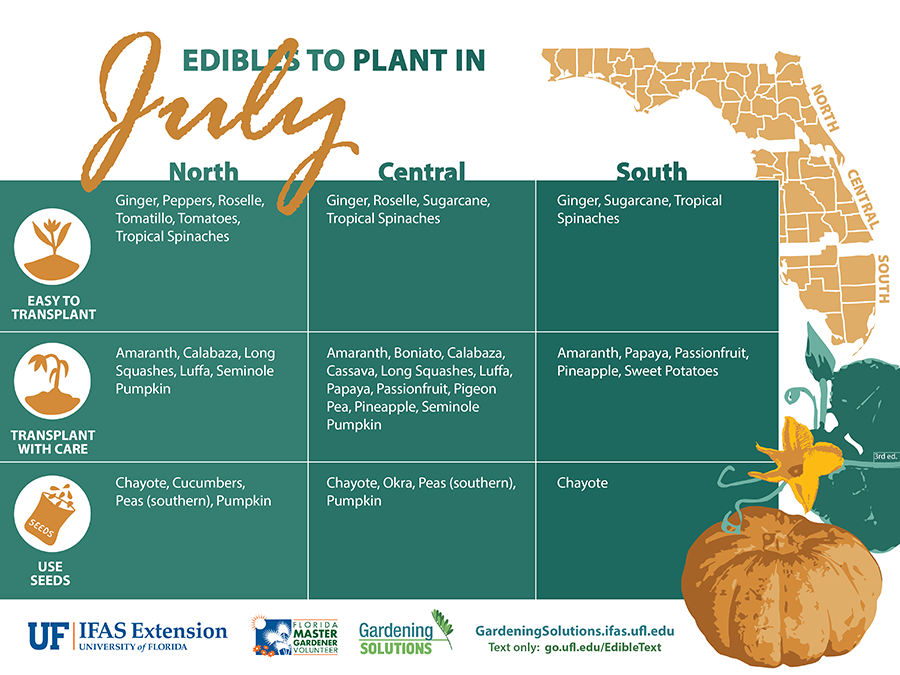
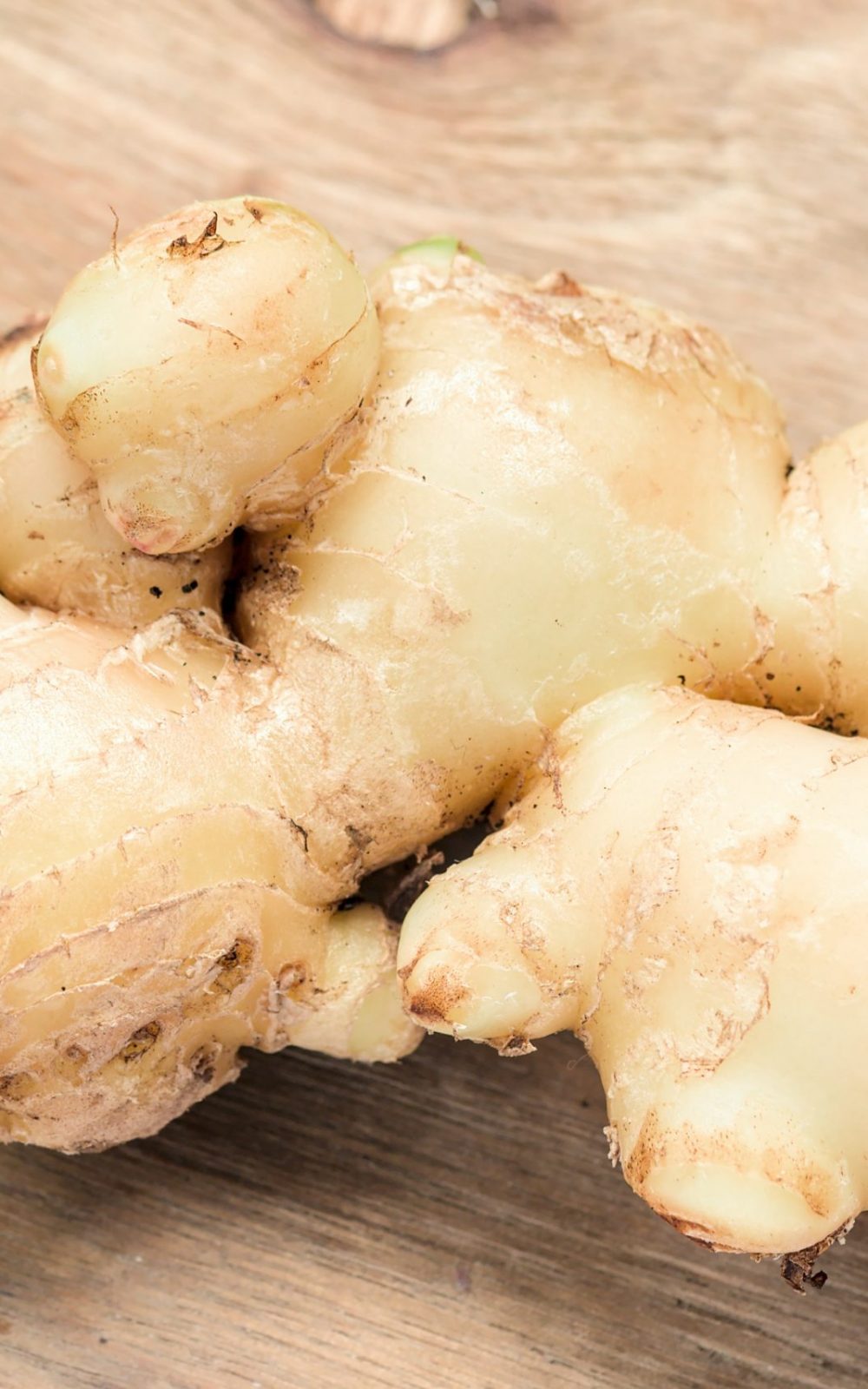
Ginger:
Ginger is a type of root that is used as a spice and in medicine. While the plant gres green stalks of leaves, it is the root that is used to make ginger drinks, powders, and candies.
Specific Plant Varieties For Florida: Zingiber officinale, ginger, can be grown in ground or in containers as long as there is enough depth to the soil mixture.
Nutritional value: Ginger contains many antioxidants
Companion Plants: Some plants that have a good relationship with ginger include:
- Lemongrass
- Chilies
- Taro
Not Companion Plants: There are no specific plants that cannot be grown with ginger. However, it is advisable to not plant ginger where it can be blocked by the sun.
Growing Methods: To start growing ginger, you will need a piece the ginger root itself, then ensure that it is planted in well-drained and organically mixed soil that is about eight inches deep. For spacing, make sure there is about 15 inches between each ginger piece. The ginger should be ready to harvest in about eight to ten months after planted.
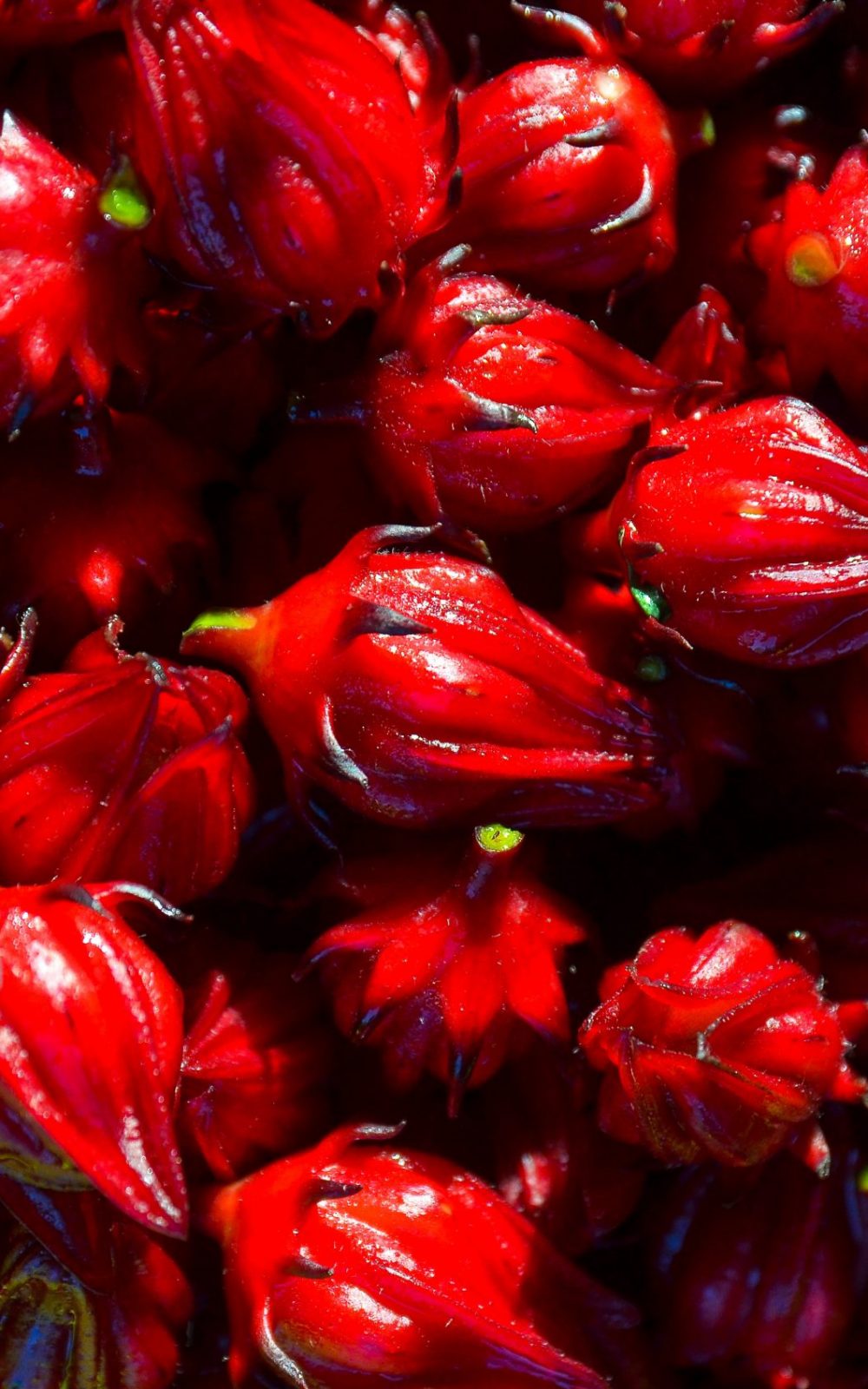
Roselle:
Roselle is a type of flower that is related to hibiscus and okra. The seed within the flower is typically harvested to make drinks, jams, and sauces. For a comparison, roselle can be substituted for cranberries.
Specific Plant Varieties For Florida: Hibiscus sabdariffa, or the variety Victor, is a good choice for Florida gardeners.
Nutritional value: Roselle is an excellent source of vitamin C and calcium. It also contains a lot of organic acids.
Companion Plants: Some plants that have a mutually beneficial relationship with roselle include:
- Basil
- Amaranth
- Peppers
Not Companion Plants: It is advisable to not plant roselle underneath any large trees or shaded structures.
Growing Methods: After planting the roselle seeds, the plants bloom around four to five months later with the seeds being ready to harvest. If rainfall is sparse, make sure to adequately water the roselle plant(s). Also roselle will do best in full sun.
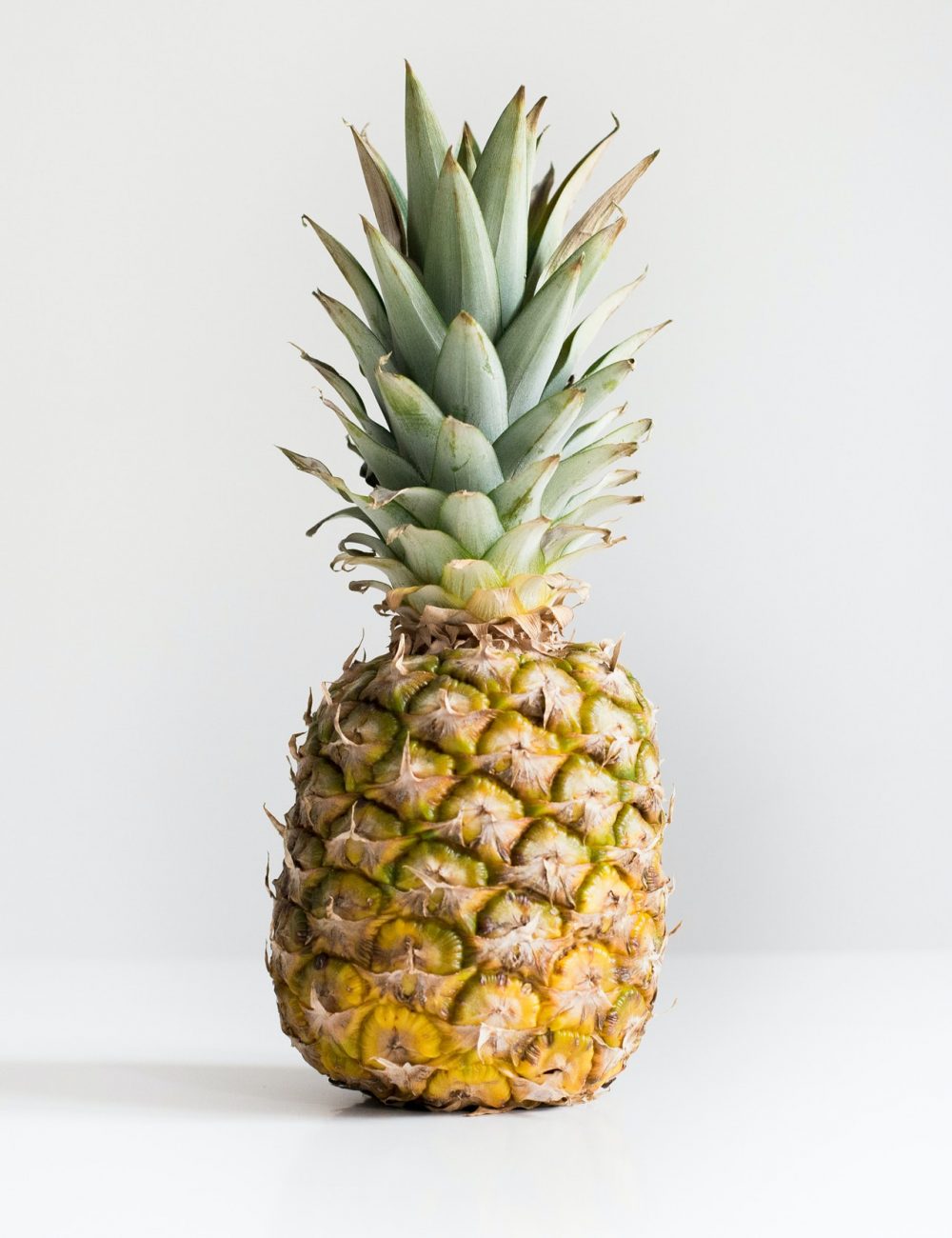
Pineapple:
Pineapples are the perfect Florida plant to grow due to their preference of warm temperatures. They are a a sweet tropical fruit and are a long-season crop, but worth the wait.
Specific Plant Varieties For Florida: The Red Spanish variety is the most common type of pineapple available in Florida.
Nutritional value: Pineapple are extremely abundant in vitamin C, vitamin B6, and magnesium.
Companion Plants: Some plants that have a good relationship with pineapples include:
- Clover
- Garlic
- Daffodils
Not Companion Plants: It is not advisable to plant pineapples under or around walnut trees or eucalyptus.
Growing Methods: Pineapples are usually grown from the “crown” of leaves that stick out from the pineapple itself. When planting, remove the initial bottom leaves of this bunch and plant it three to four inches deep. While they can be planted in a container or pot, they prefer to be in ground. If you are planting more than one, make sure there is one to three feet between each plant. Watering about once a week is advisable. It will take around 14 to 18 months to harvest a mature pineapple.
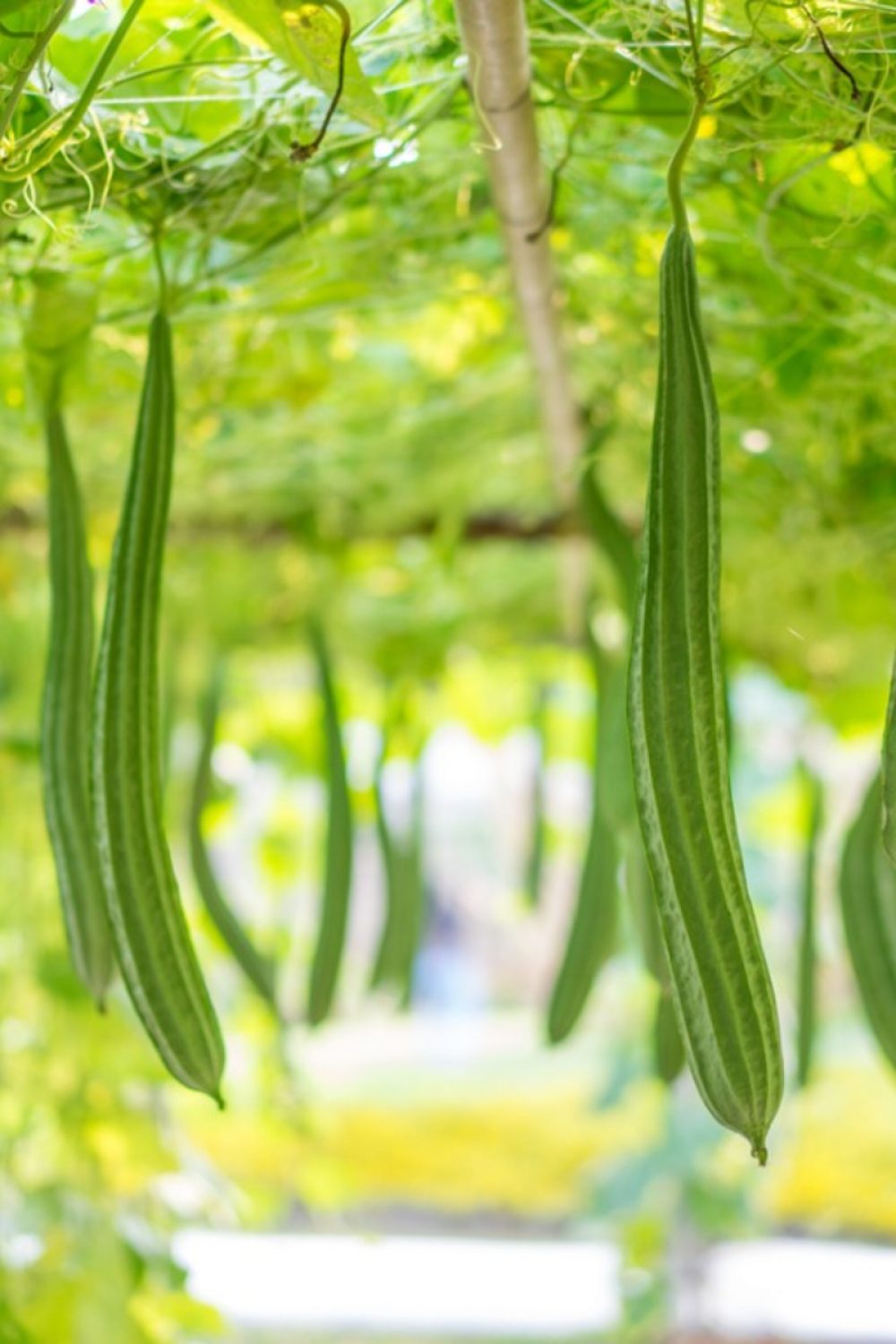
Luffa:
While this may be the name you associate with the scrubber used in the bath, it is actually a vegetable that starts out as a cucumber/gourd.
Specific Plant Varieties For Florida: In Florida, it is common to find the angled luffa and the smooth-fruited luffa.
Nutritional value: Luffas can be eaten when young and provide a good source of potassium and some vitamin C.
Companion Plants: Some companion plants for the luffa plant are:
- Peas
- Sweetcorn
- Onions
Not Companion Plants: It is not advisable to plant luffas with or around potatoes.
Growing Methods: When planting your luffa seeds, make sure it is in an area where the climbing vines can develop and later have luffas hanging from them.

Chayote:
Chayote is a type of squash that is technically a fruit, but is eaten and treated like a vegetable. It loves the heat and the tropics and is a viny plant.
Specific Plant Varieties For Florida: Within Florida, the most common varieties are the Florida Green and Monticello White. These types are typically smooth-skinned.
Nutritional value: Chayote are a good source of vitamin C and folic acid, a type of vitamin B.
Companion Plants: Some plants that have a mutually beneficial relationship with chayote include:
- Broccoli
- Pumpkin
- Passionfruit
Not Companion Plants: It is advisable to not plant chayote with or around:
- Mint
- Celery
- Beans
Growing Methods: The planting process of the chayote is somewhat unusual as you plant the entire fruit to start growing your own plant. When placing the chayote in the hole, place it on its side with the narrow end sloping up and bury it with the stem exposed. After 30 days, fertilizing the plant is advisable as the vines will be a few feet tall.
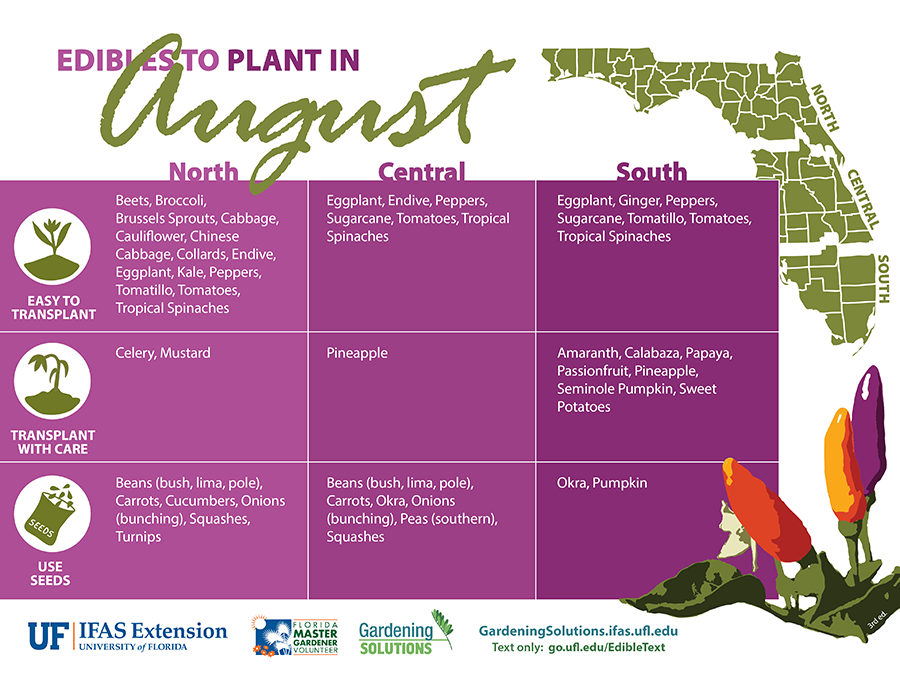

Eggplant:
Eggplant is a purple and spongy absorbent fruit that is related to tomatoes, potatoes, and peppers. While it’s leaves and flowers are poisonous, the fruit itself is edible and very versatile in meals.
Specific Plant Varieties For Florida: The varieties of eggplant that thrive in Florida include:
- Dusky
- Ichiban
- Black Beauty
It is also notable to add that Thai and Japanese varieties also can do well in Florida.
Nutritional value: Eggplants provide a decent amount of potassium and fiber, but are better substitute for low-fat food choices.
Companion Plants: Some companion plants for eggplant include:
- Tomatoes
- Dill
- Green beans
Not Companion Plants: It is not advisable to plant fennel or geraniums near or around eggplants as they can cause growth problems.
Growing Methods: The optimal planting time for Central Florida is between January and February and then again in August and September. To start growing your own eggplant, you can choose between seeds of transplants(transplants are recommended). Due to the many varieties of eggplant, follow the instructions provided to know how deep to plant them.
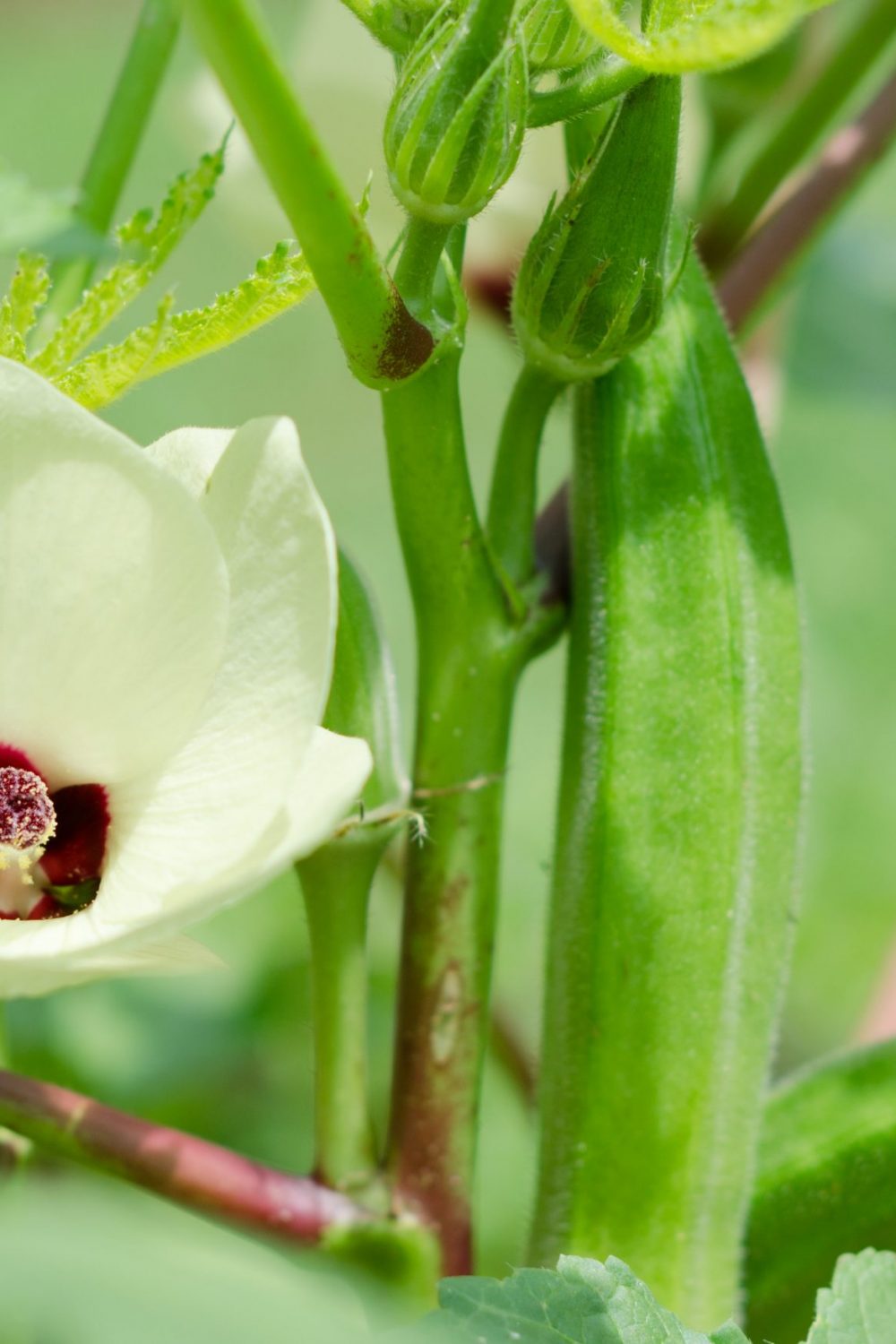
Okra:
Okra is a good option for a heat-tolerant crop and a lon-season growth. It is a vegetable, but we are actually eating the fruit pod of the plant. Similarly to Roselle it is part of the hibiscus family!
Specific Plant Varieties For Florida: The most common okra types in Florida are:
- Annie Oakley II
- Cajun Delight
- Emerald
Nutritional value: Okra are actually a good source of vitamin C and contain some fiber, vitamin B6, and magnesium.
Companion Plants: Some companion plants of okra are:
- Sweet potatoes
- Lettuce
- Peppers
Not Companion Plants: It is not advisable to plant okra in soil that previously hosted other vine crops like sweet potatoes or squash.
Growing Methods: Before planting your seeds, soak them in water for six hours to boost germination. Then, choose a spot with full sun and well-drained soil. It is important to monitor the weeds around the plant before it is old enough to shade the ground itself. Within as early as 50 to 70 days, you can be ready to harvest your okra. It is best to pick the okra when they are two to three inches long.
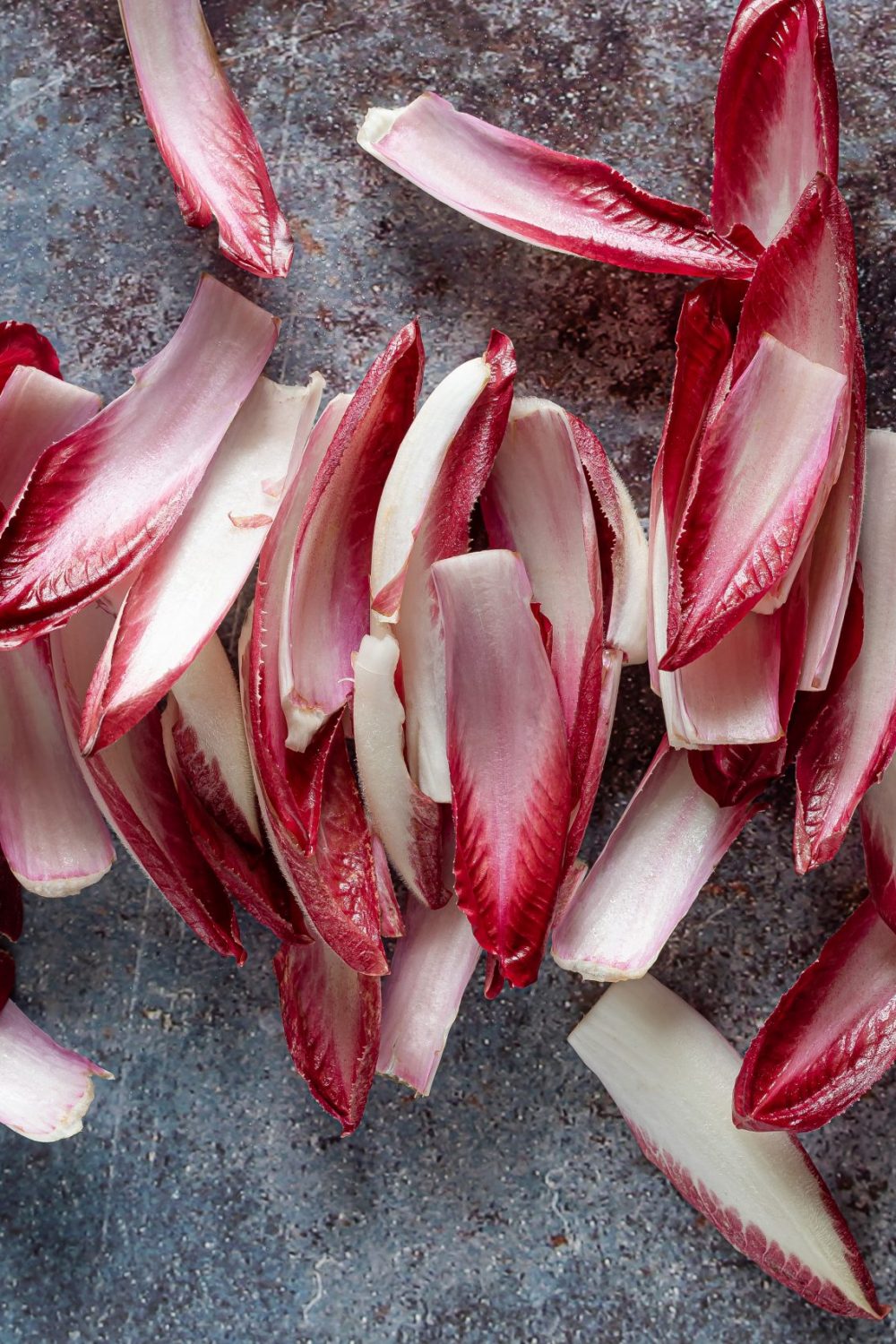
Endive:
Endive is a type of leafy vegetable that can be considered a fancy version of typical lettuce.
Specific Plant Varieties For Florida: Curly endive is the most common the most common type in Florida, although there is also Belgian endive.
Nutritional value: Endive is an excellent source of micronutrients such as vitamin K, potassium, and folic acid.
Companion Plants: Come companion plants for endive are:
- Radishes
- Mustard greens
- Turnips
Not Companion Plants: It is not advisable to plant endive with squashes or pumpkins.
Growing Methods: When planting with seeds, space them one inch apart and 18 inches between each row. If using transplants, place them seven to eight inches apart. Endive grows well in full sun and moist soil. It is important to keep the heads well watered.
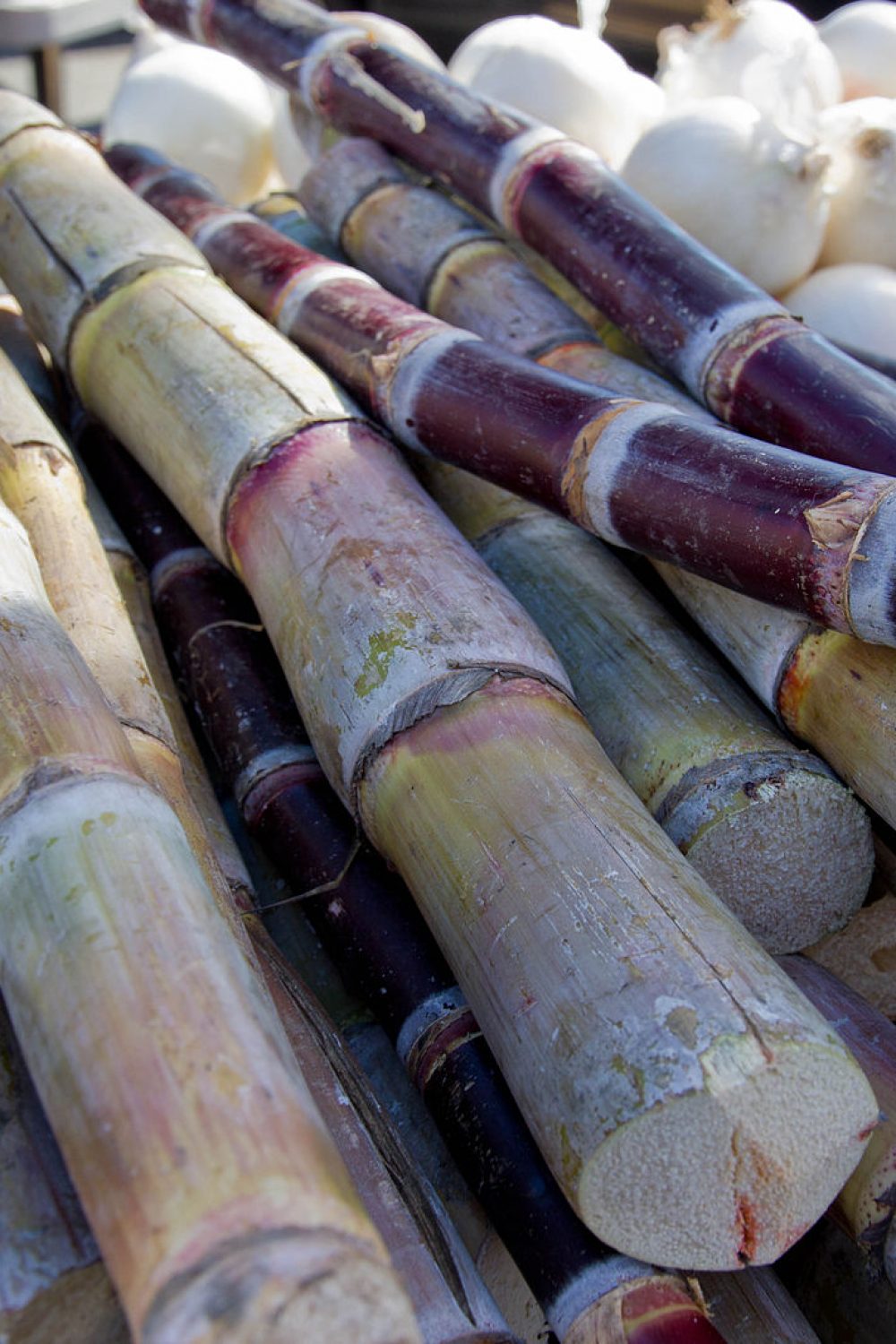
Sugarcane:
Sugarcane is a type of grass stalk that is harvested to produce the sugar we all know and love.
Specific Plant Varieties For Florida: The most popular type of sugarcane grown in Florida is the ratoon cane.
Nutritional value: When eaten raw, sugarcane is fat-free, cholesterol free, and has no proteins or sodium. However, it does contain a lot of vitamin C, B2, magnesium, iron, and potassium.
Companion Plants: Some companion plants for sugarcane are:
- Elderberry
- Lemongrass
- Sage
Not Companion Plants: It is advisable to plant sugarcane in areas with little plants and ample space for them to grow.
Growing Methods: Sugarcane is grown by digging a shallow spot in the soil and placing the canes in the hole. Then, you cover the cane with the soil. The beneficial part about growing sugar cane is that you can grow the following year’s canes from the same root.
Where should you start?
1. Find local plant nurseries. Not only are you supporting small businesses but you are also more likely to find healthy and local pest-resistant plants there. Check out our article on Lukas Nursery & Butterfly Encounter.
2. Whether you don’t have the time or the resources, our program Edible Landscapes is here to provide assistance! Edible Landscapes is a landscaping service that serves Central Florida, making it easy for you to grow food!
Our services include raised garden bed installations, fruit tree installations, orchard installations, garden creations, in-ground food forests, native plant/pollinator landscaping, mulching, and more. Schedule a free consultation to see how we can transform your space into a beautiful and abundant garden.
Sources
- https://gardeningsolutions.ifas.ufl.edu/plants/edibles/vegetables/
- https://gardeningsolutions.ifas.ufl.edu/plants/edibles/fruits/
- https://nathaliestrassburg.com/the-medicine-garden/vegetable-companion-plants/
- https://www.firsttunnels.co.uk/page/Companion-Planting-Guide
- https://foodrevolution.org/blog/what-is-amaranth/
- https://morningchores.com
- https://edis.ifas.ufl.edu/publication/HS1406
- https://www.thespruceeats.com
- https://www.southernliving.com/plants/passion-fruit#:~:text=Most%20of%20the%20commercially%20produced,quadrangularis).
- https://www.webmd.com
- https://www.healthbenefitstimes.com/pumpkin/
- https://www.flgardening.com
- https://www.hoselink.com.au/blogs/diy-projects/grow-your-own-useful-loofah#:~:text=In%20terms%20of%20companion%20planting,keep%20them%20away%20from%20potatoes!
- https://www.epicgardening.com/eggplant-companion-plants/#:~:text=soil%20over%20time.-,What%20Not%20To%20Plant%20With%20Eggplant,avoid%20planting%20them%20with%20eggplant.
- https://www.gardeningwithcharlie.com/how-to-grow-endive/#:~:text=Endive%20grows%20best%20in%20full,well%2Ddrained%2C%20moist%20soil.
- https://www.verywellfit.com/endive-nutrition-facts-4586638#:~:text=Endive%20is%20rich%20in%20several,C%2C%20although%20in%20smaller%20amounts.
- https://nwdistrict.ifas.ufl.edu/hort/2013/10/21/sugar-cane-plant-now-for-a-sweeter-summer/#:~:text=Planting%20is%20accomplished%20by%20digging,a%20patch%20of%20sugar%20cane.

